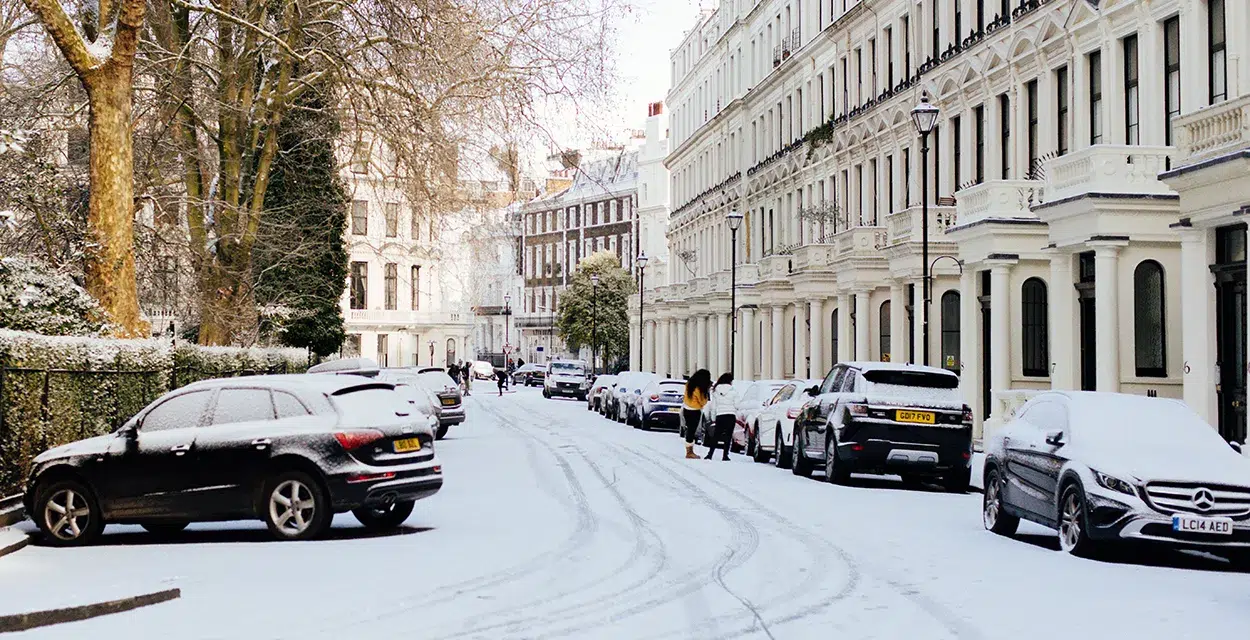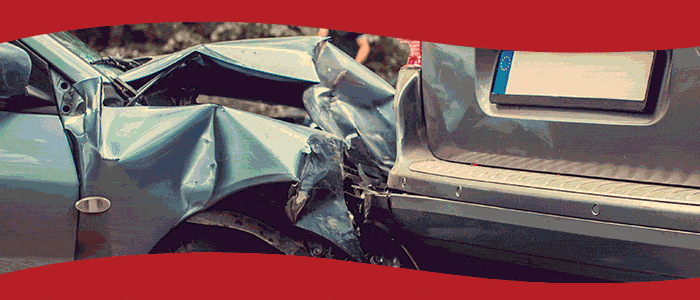A new study reveals the most common reasons cars fail their MOT in the run up to the festive period – with lamps, reflectors and electrical equipment named the biggest problem area.
Insurance broker One Sure Insurance analysed data from the Driver and Vehicle Standards Agency to determine the most common reasons for MOT failure among class 4 vehicles (cars, vans, motorhomes and other small commercial vehicles) in the October-December quarter.
It turns out that drivers need to be especially vigilant when monitoring their car this time of year, as almost a third (29%) of cars fail their winter MOT, with an average of 2.5 issues detected.
Ranking first as the most common reason for MOT failure was faults in lamps, reflectors and electrical equipment, which comprised over a quarter of total defects found at 26.1%. Of the total MOT tests, 11.9% were identified as having at least one failure in this category.
In second was faulty or broken suspension systems, which encompassed almost a fifth (19.2%) of defects. Failures with suspension were encountered in almost 1 in 10 (9%) tests.
Following in third was brake failures, accounting for 15.9% of defects and observed in 6.9% of tests. In fourth was tyre failures, making up 12.3% of defects and present in 6.4% of tests.
Rounding out the top five was visibility issues, which includes anything blocking the windscreen or the driver’s eyeline. These made up 7.9% of total defects and were identified in 4.7% of tests.
In sixth was damage to the vehicle’s body, chassis and structure, which includes the frame, interior and bumpers. These failures accounted for 6.6% of defects and were in 3.7% of tests.
Noise, emissions and leaks followed in seventh, comprising 5.7% of total defects and occurring in 3.3% of tests. In eighth was steering, with issues with the steering wheel and steering system components making up 3.1% of defects and presenting in 1.9% of tests.
Ranking ninth was faults with seat belts and supplementary restraints, such as airbags. These comprised 3.1% of defects and were found in 1.1% of tests.
Completing the top ten was identification of the vehicle, such as license plates and vehicle ID numbers. These were responsible for 0.7% of defects and were detected in 0.4% of tests.
Top ten reasons cars fail their winter MOT
| Rank | Defect category | Overall % of tests | Overall % of defects |
| 1 | Lamps, reflectors and electrical equipment | 11.9% | 26.1% |
| 2 | Suspension | 9.0% | 19.2% |
| 3 | Brakes | 6.9% | 15.9% |
| 4 | Tyres | 6.4% | 12.3% |
| 5 | Visibility | 4.7% | 7.9% |
| 6 | Body, chassis and structure | 3.7% | 6.6% |
| 7 | Noise, emissions and leaks | 3.3% | 5.7% |
| 8 | Steering | 1.9% | 3.1% |
| 9 | Seat belts and supplementary restraint systems | 1.1% | 1.8% |
| 10 | Identification of the vehicle | 0.4% | 0.7% |
On the other end of the spectrum, faults with speedometers and speed limiters were uncommon, with failures in the category comprising 0.01% of total defects. Similarly, they were observed in just 0.1% of tests.
Issues with seatbelt installation were equally rare, consisting of 0.01% of defects and presenting in 0.01% of tests. Failures with road wheels were also relatively uncommon, constituting 0.7% of defects and appearing in 0.4% of tests.
Taking an MOT test in the winter months may seem more daunting than usual, as there’s the added pressure of navigating potentially harsh weather conditions along with typical wear-and-tear. However, there are precautions you can take to make sure you’re as prepared as possible.
A spokesperson for One Sure Insurance said: “While taking an MOT test in the winter months can come with its own set of challenges, you still stand a good chance of passing if you’re aware of the issues to look out for and address them well before your test.
“As a bare minimum safety measure, ensuring that seatbelts are fitted correctly and can fasten properly is an essential check. As lights are the most common issue, it’s a good idea to make sure that they’re working properly before you take to the road. Functioning lights are really important – especially in the winter months when driving in darkness is a regular occurrence.
“Testing your breaks is also key – they should be in good condition and responsive. Make sure to inspect the tread depth and overall condition of your tires too, as these are often impacted by the winter weather. Make sure they meet the legal requirements and are free from damage.
“Good visibility is essential when driving, particularly during winter where adverse weather conditions can cause additional obstructions. Ensure that your mirrors are attached securely and provide a clear view, and check that your wipers are functioning properly.
“Remember, if your dashboard is displaying any warning lights, you need to identify the issues and resolve them before the test. Regular checks, maintenance and servicing throughout the year can increase your chances of passing an MOT test, so don’t leave everything to the last minute – especially if you’re looking to avoid a big bill just before Christmas!”
















